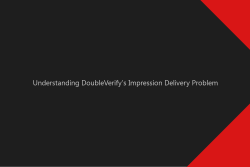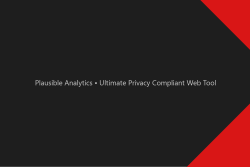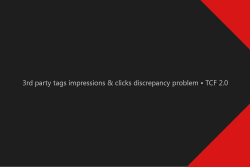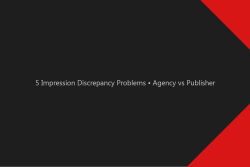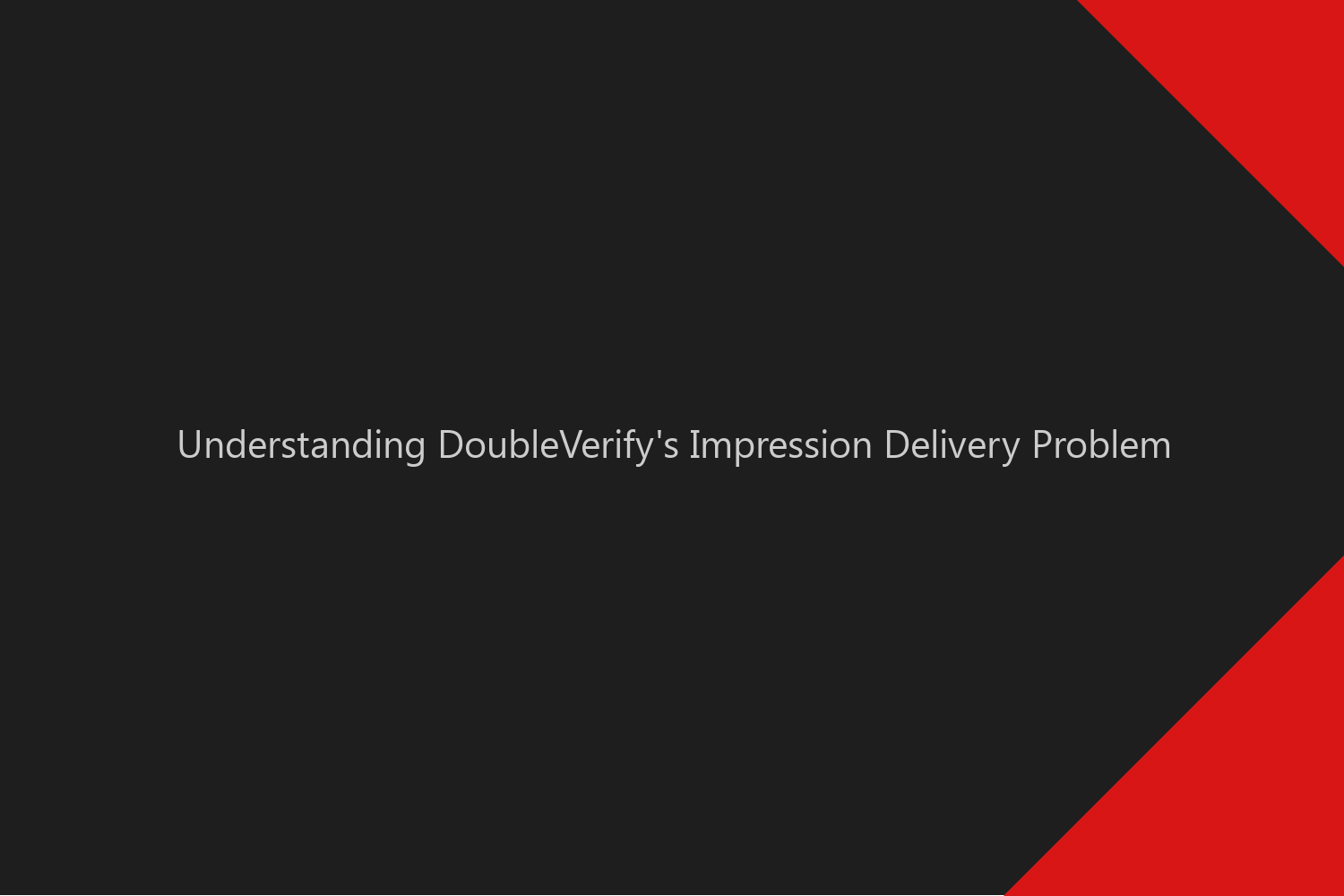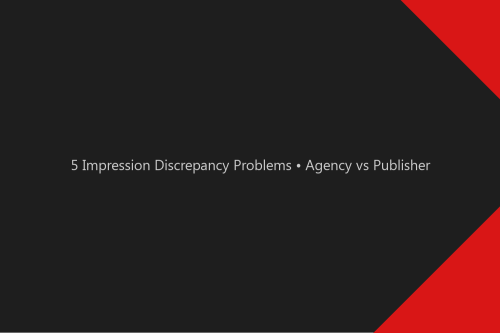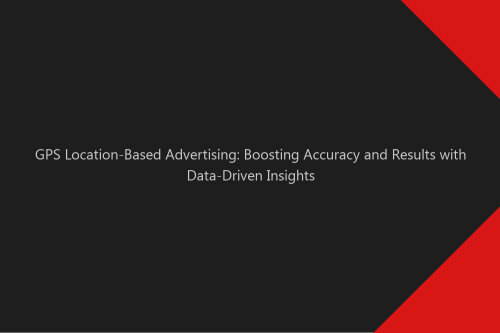Online advertising has become an essential part of promoting products and services. Companies rely on third-party verification services like DoubleVerify to ensure their ads are seen by the right people, on the right websites, and in the proper context. However, a recent problem related to impression ads delivery has arisen when third-party tags, such as those from Google Campaign Manager 360, are used on a different DSP.
Introduction to DoubleVerify and Third-Party Tags
DoubleVerify is a third-party verification service that provides advertisers with tools to ensure their ads are delivered in a brand-safe environment. Their services include brand safety, fraud protection, viewability, and performance verification. Third-party tags are snippets of code added to ad creatives or web pages to track and measure ad performance. They are commonly used in online advertising to track clicks, impressions, and other metrics.
The DoubleVerify Problem and its Impact on Reporting
The problem arises when DoubleVerify’s blocking JavaScript tags detect not brand-safe inventory, such as a website or domain, which prevents the ad from being displayed. However, this can cause issues when a DSP serves a third-party tag, and DoubleVerify blocks the ad. This leads to the DSP paying media costs for the delivered creative impression, even though DoubleVerify blocked it. As a result, this increases the impression discrepancies between the platforms, ranging from 15% up to 40%. In addition, blocked impressions are not reported, which leads to reporting issues.
How the Blocking JavaScript Tags Work
DoubleVerify’s blocking JavaScript tags are small pieces of code that scan and analyze each ad impression to ensure the ad is displayed on a brand-safe website or domain. When an ad impression is detected on a website or domain that is not considered brand-safe, the blocking tag prevents the ad from being displayed. However, it occasionally happens that a particular domain or app gets wrongly blacklisted, which can interfere with different Brand Safety settings and filters. This can lead to a mismatch between the advertiser’s expectations and the ad’s placement. In addition, when a third-party tag is used to serve the ad on a different domain, the blocking tag may trigger unnecessarily, leading to impression discrepancies between platforms.
The Problem with Third-Party Tags and DSPs
The problem’s root lies in how DoubleVerify’s blocking JavaScript tags work. While they effectively prevent brand-unsafe content from being displayed, they do not consider that the ad is being served through a third-party tag on a different domain. This means that the ad is being served on a domain that DoubleVerify is not monitoring, which can cause the blocking tags to trigger unnecessarily.
The Reason for Unwanted Blocklisting
Another reason why certain domains or apps get wrongly blacklisted by DoubleVerify is that news websites and apps try to cover as broad topics as possible, often writing or discussing topics related to sex, alcohol, and drugs. For brand-safety tools that use sensitive content detection, this can lead to unwanted and unnecessary blocking. While it is crucial to ensure that ads are displayed in a brand-safe environment, it is also essential to balance brand safety and accuracy and avoid over-blocking legitimate content. This further highlights the importance of running A/B testing to accurately identify the impact of DoubleVerify’s blocking tags on ad performance.
Troubleshooting Solution: Running A/B Testing
One possible solution to this problem is to run A/B testing for two independent creatives with and without DoubleVerify’s blocking tag. This can help identify significant differences in impressions and clicks between the two creatives. If there are no significant differences, it can be concluded that the blocking tag did not significantly affect the ad’s performance. On the other hand, if there are significant differences, it might be necessary to investigate further and find a better solution.
Conclusion: Finding a Balance Between Brand Safety and Accuracy
Brand safety is crucial in online advertising, but it should not come at the expense of accuracy. DoubleVerify’s blocking JavaScript tags have effectively prevented ads from displaying on brand-unsafe domains or websites. Still, they can interfere with third-party tags and DSPs, leading to impression discrepancies and reporting issues. To strike a balance between brand safety and accuracy, it is essential to run A/B testing to identify the impact of DoubleVerify’s blocking tags on ad performance accurately. Additionally, advertisers should work closely with their partners to ensure that brand safety measures are in place without unnecessarily blocking legitimate content. By doing so, advertisers can ensure that their ads are delivered in a brand-safe environment without sacrificing accuracy and performance.
Links

